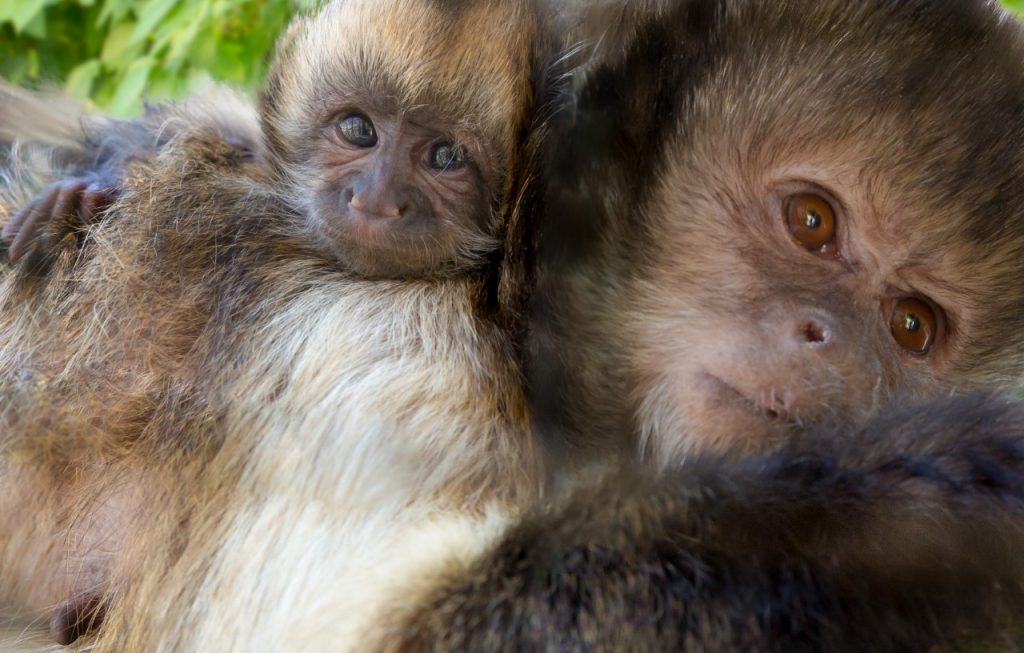Nutritional status in captive Bottlenose Dolphins (Tursiops truncates)
Citation
Slifka K, Crissey SD, Khan S, Moser A, Chen TC, Mathieu J, Holick MF. 2001. Nutritional status in captive Bottlenose Dolphins (Tursiops truncates). In Edwards M, Lisi KJ, Schlegel ML, Bray RE, Eds., Proceedings of the Fourth Conference on Zoo and Wildlife Nutrition, AZA Nutrition Advisory Group, Lake Buena Vista, FL.
Abstract
Nutritional status of captive dolphins (Tursiops truncatus) was examined using biochemical analysis. Voluntary blood samples, obtained from four healthy captive bottlenose dolphins at Brookfield Zoo, were analyzed for vitamin D metabolites [25(OH)D and 1,25(OH)2D], lipids (total cholesterol, triacylglycerides, HDL-cholesterol, and LDL-cholesterol), and fatty acids. Fish fed to these dolphins were analyzed for dry matter, crude protein, fat, energy, vitamin D, cholesterol, and fatty acids. Plasma values for 25(OH)D were higher than those published for a variety of cetacean species, but similar to published bottlenose dolphin data. Total cholesterol was lower than that reported for captive beluga, but similar to wild beluga. Palmitic, oleic, eicosapentaenoic and docosahexaenoic acids were high in both dolphin plasma and the fish sampled. Vitamin D in herring was similar to that found in other species of fish and was reflected in the high circulating levels of 25(OH)D. Capelin was found to be considerably lower in vitamin D than other species of fish. Total cholesterol in fish samples was higher than that of fillets of other fish species.
 Slifka-Nutritonal Status In Captive Bottlenose Dolphins {Tursiops truncatus).pdf 2 MB
Slifka-Nutritonal Status In Captive Bottlenose Dolphins {Tursiops truncatus).pdf 2 MB








